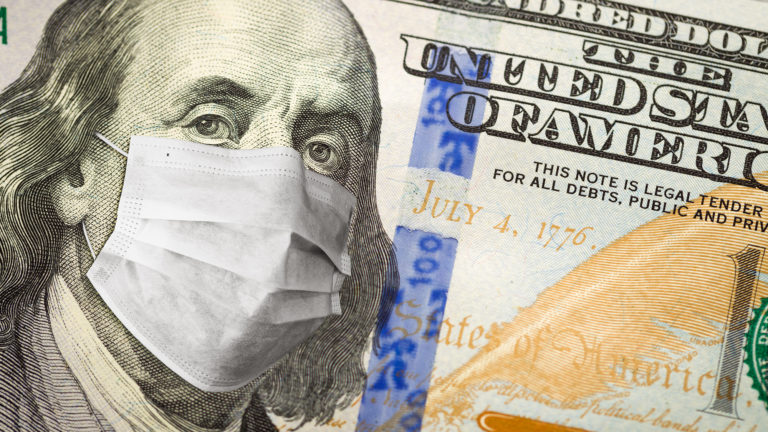Join getAbstract to access the summary!

Join getAbstract to access the summary!
Milton Friedman and Anna Jacobson Schwartz
The Great Contraction, 1929-1933
Princeton UP, 2008
What's inside?
The monetary policy of quantitative easing has its origins in this classic economics text.
Recommendation
This classic economics text, published in 1963 as part of a larger book on American monetary history by economists Milton Friedman and Anna Jacobson Schwartz, helped provoke the sea change in US inflation fighting that began in the late 1970s. But its relevance today comes from its argument supporting quantitative easing, the early 21st century’s groundbreaking shift in the monetary policies of central banks around the world. The style of this concise work is technical, tenacious and forensic, but diligent readers will find in it enlightening insights into today’s global economic and monetary conditions.
Summary
About the Authors
Nobel Prize-winner Milton Friedman (1912–2006) became one of the most influential economists in the world through his work on monetary policy and free market choice. Anna Jacobson Schwartz (1915–2012) was a highly regarded scholar of monetary history.




















Comment on this summary